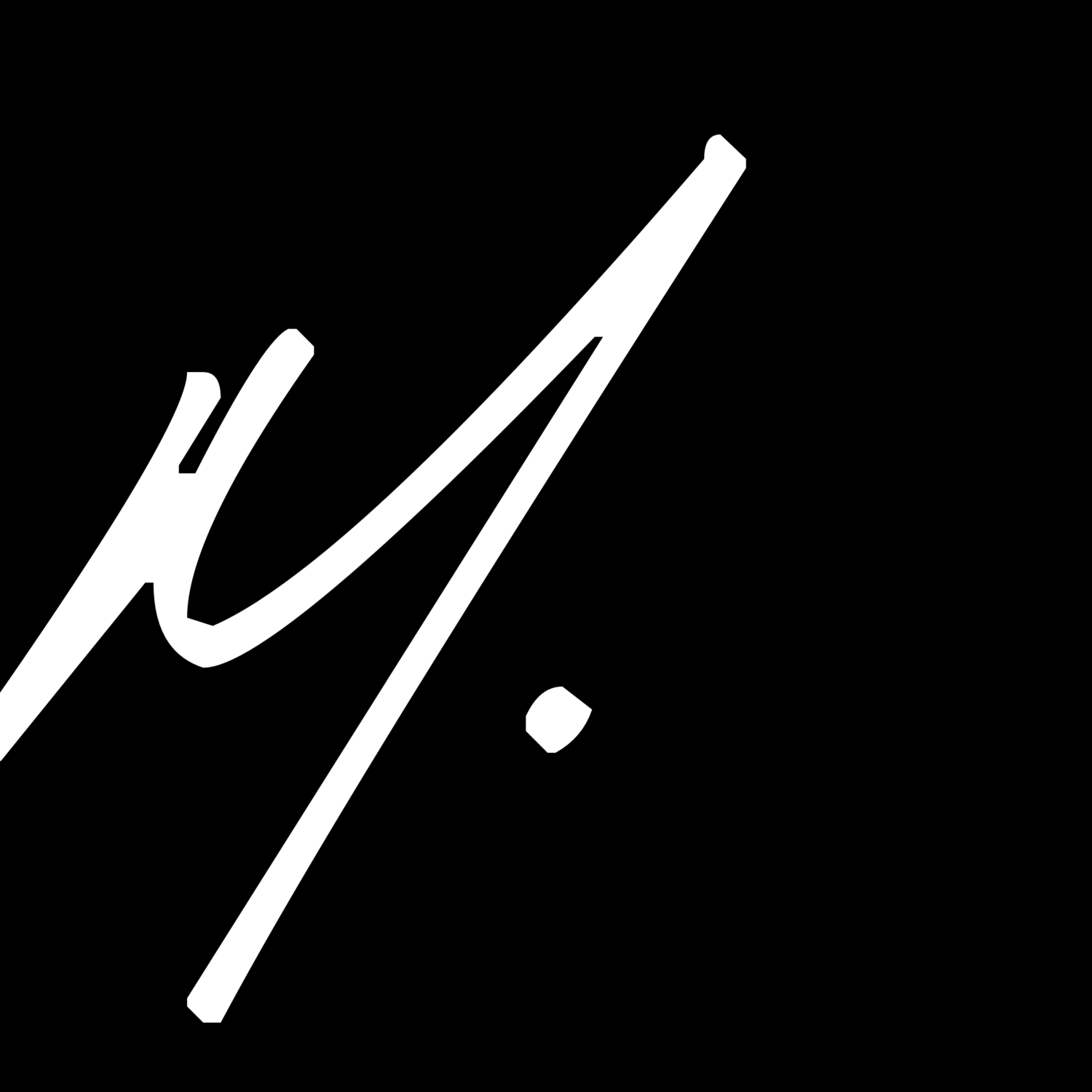A Tale of Two Giants: Apple Vs. Microsoft
In the world of technology, few companies have had as significant an impact as Apple and Microsoft. Apart from their technological innovations, these giants are also known for their distinct branding and marketing strategies. This blog aims to delve into the strategies employed by Apple and Microsoft, highlighting their differences and exploring the reasons behind their respective successes.
Brand Identity
Apple: Apple's brand identity revolves around minimalism, innovation, and user-centric design. From sleek and stylish product designs to their iconic logo, Apple has cultivated an image of exclusivity and cutting-edge technology. Their brand consistently focuses on delivering an exceptional user experience through seamless integration of hardware, software, and services.
Microsoft: In contrast, Microsoft's brand identity is grounded in versatility, accessibility, and productivity. Their marketing emphasizes the broad range of products and services they offer, catering to diverse consumer needs. Microsoft's brand has evolved over the years, transitioning from a software-focused company to a provider of integrated solutions for individuals, businesses, and developers.
Marketing Campaigns
Apple: Apple is renowned for its captivating and emotionally-driven marketing campaigns. They often highlight the unique features and benefits of their products, appealing to consumers' desires and aspirations. Apple's campaigns tend to be artistic, sleek, and evoke a sense of wonder. They focus on the experience and emotional connection users can have with their devices rather than simply listing specifications.
Microsoft: Microsoft's marketing campaigns typically highlight the practical applications and productivity enhancements their products bring to users' lives. They often showcase real-life scenarios where Microsoft solutions can solve problems and empower individuals or businesses. Microsoft's approach is more informative, emphasizing the capabilities and value proposition of their products and services.
Target Audience
Apple: Apple has successfully positioned itself as a premium brand, targeting consumers seeking innovative and high-quality products. Their focus on design and user experience appeals to those who value aesthetics and simplicity. Apple's marketing campaigns often target creative professionals, young professionals, and individuals who prioritize the latest technology and seamless integration.
Microsoft: Microsoft has a broader target audience, spanning consumers, businesses, and developers. Their products cater to a wide range of needs, from office productivity tools to cloud computing solutions. Microsoft's marketing encompasses different segments, including enterprises, educational institutions, and gamers. Their diverse product portfolio enables them to address the needs of various demographics and industries.
Product Differentiation
Apple: Apple's brand strategy emphasizes product differentiation through unique features, proprietary software, and a tightly integrated ecosystem. Their focus on seamless hardware-software integration and ecosystem lock-in creates a cohesive user experience. Apple products often set new industry standards, such as the iPhone's introduction of the App Store and the MacBook's integration of the Retina display.
Microsoft: Microsoft's strength lies in providing a diverse range of products and services across multiple platforms. They excel in software development, offering solutions like Windows operating systems, Office productivity tools, and Azure cloud services. Microsoft's strategy involves embracing cross-platform compatibility, allowing their software to run on different devices, including Windows, macOS, iOS, and Android.
Apple and Microsoft employ distinct branding and marketing strategies that align with their respective identities, target audiences, and product offerings. Apple's focus on minimalism, innovation, and seamless integration has garnered a dedicated following of tech enthusiasts and creative professionals. On the other hand, Microsoft's versatility, accessibility, and productivity-centered approach have positioned them as a comprehensive technology provider across various domains. Both companies have achieved immense success by effectively communicating their value propositions and delivering products and experiences that resonate with their customers.


